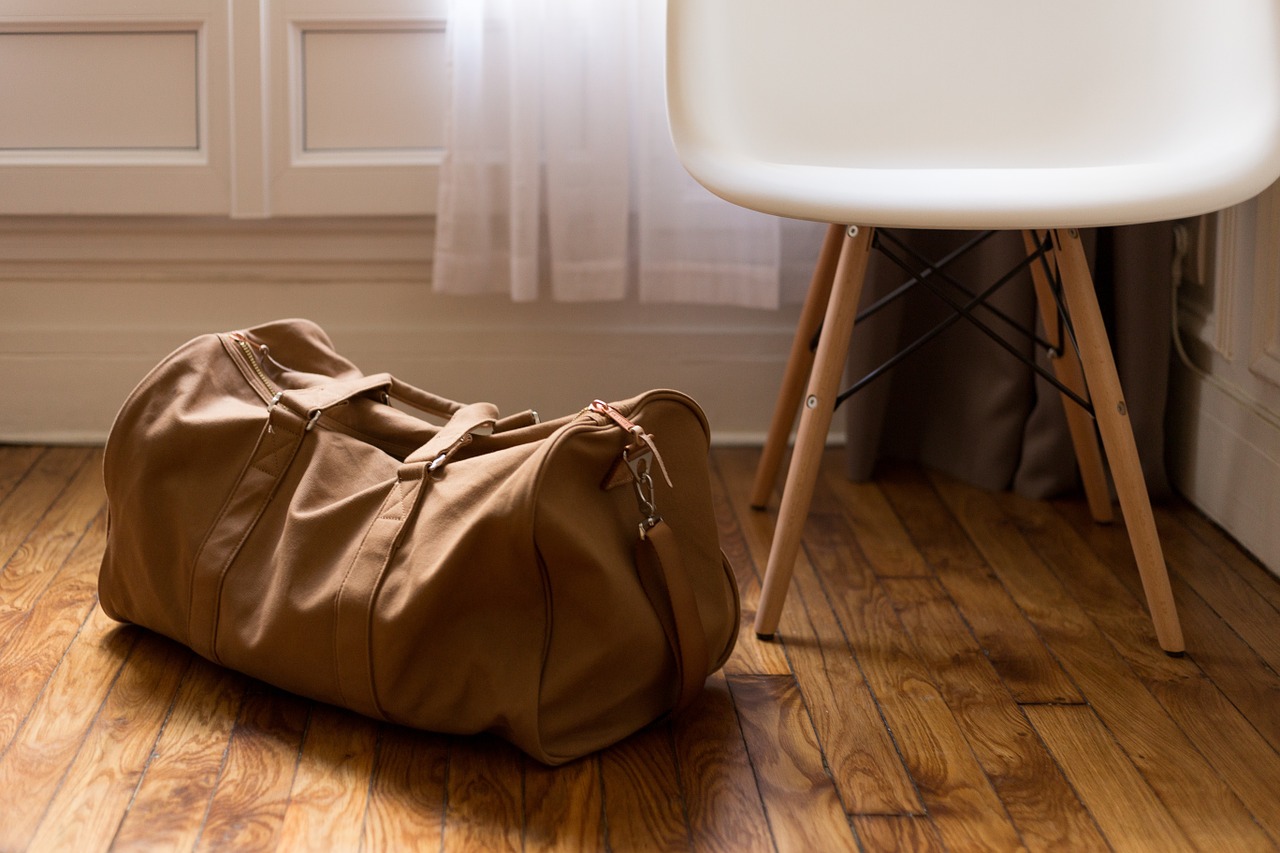When moving, it’s important to stay organized to make sure everything happens when it needs to. Here is a checklist to help you plan your relocation:
1. Make a Plan & Prioritize!
What needs to be done? What is your timeline like? List everything that needs to be completed. Next, create a timeline that covers the time between now and when you plan to move, so that you can sketch out what must be accomplished. Pace yourself, so that you don’t become overwhelmed.
Once you’ve written down EVERYTHING that needs to be done, be sure to prioritize items on your list that have to be finalized by specific deadlines.

2. Make Piles
Moving typically requires self-evaluation and decisions about what is a must-keep and what can be left behind. It’s an ideal time to liberate yourself from clutter and decide what you truly want in your space. Make three stacks when going through your belongings: Keep, Trash, and Charity.
If it’s deteriorating or unusable, trash it! If it’s still in good condition, but you haven’t used it in months, place it in the charity pile. Charity pile items can be given to someone who will use them or to a thrift store.
When sorting, keep like items together.
3. Get Rid of Stuff!
If you don’t need it, don’t keep it. You might have stacks of old magazines and no plans of turning them into an art project: get rid of them. There may be clothes in your closet that you haven’t touched for years: give them away. Don’t let excess become clutter in your new place.

4. Schedule a Mover & Begin Measuring!
Select a moving company in your area that is within your budget. Ask the mover questions when scheduling the move:
- What is their process?
- What should you expect on the day of the move?
- Are there any tips they have as you prepare for their arrival?
Start taking measurements of furniture pieces that you desire to transfer to your new home. Confirm these will fit through your doorways. You can also begin looking at the layout of your new home and determining where these pieces should go. This can help the process go more smoothly the day-of because you can direct the movers where to place items.
5. Transfer Records & Information
Think through your records and businesses that have your address. List them all. For example, school records, credit card bills, doctor’s offices, etc. After these are in writing, you can begin to make the necessary calls and requests to have your address changed and/or records transferred.
6. Easy Access & Day-of Supplies
When you get to your new abode, it might be overwhelming to locate everything you need. Keep frequently used belongings separate when you’re packing. This will help with peace of mind once you’re in your new place and trying to find everyday items like a toothbrush, drinking glass, important documents, etc.

Leave out duct tape, scissors, hand sanitizer, and other helpful supplies in case you have any last-minute packing on the day of your move.


